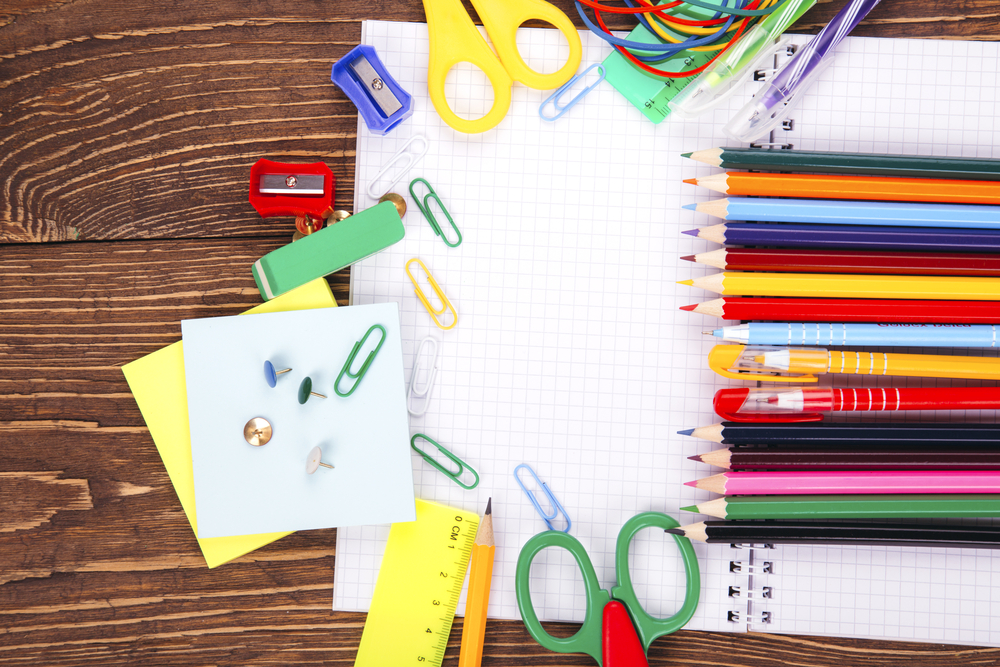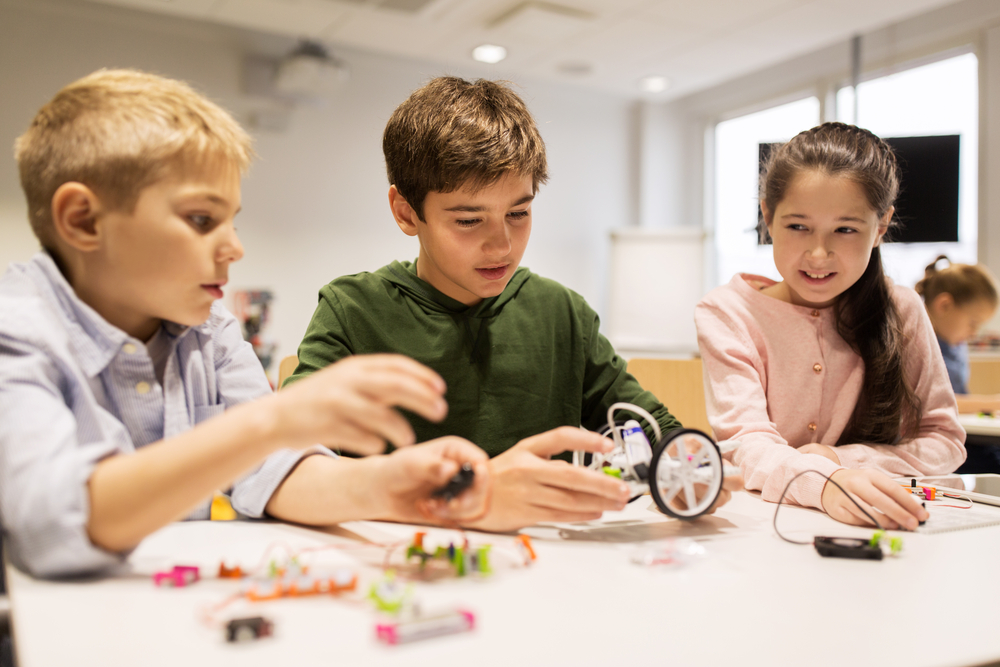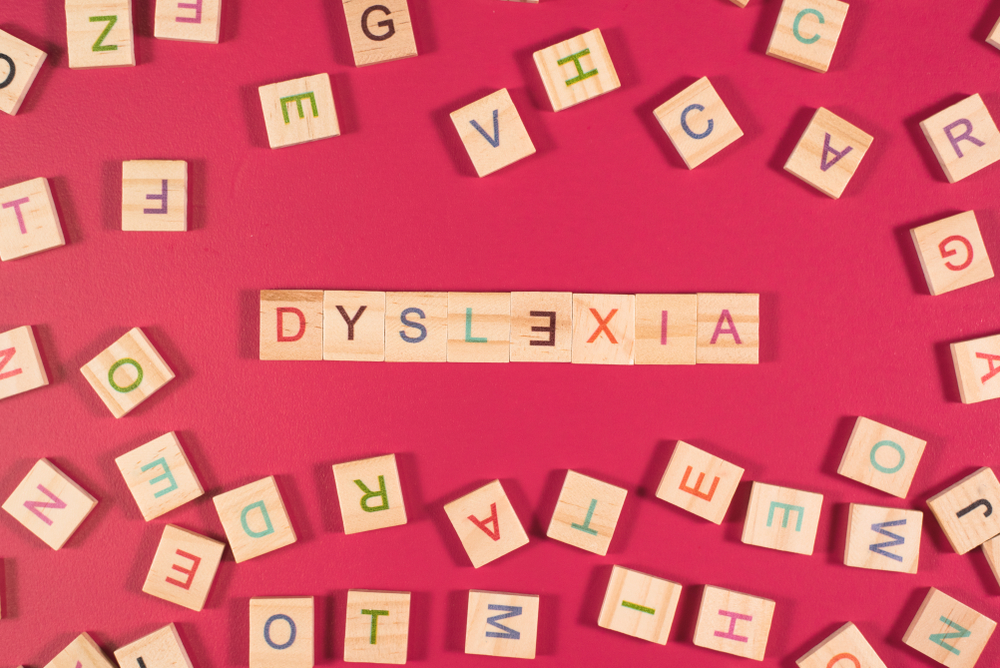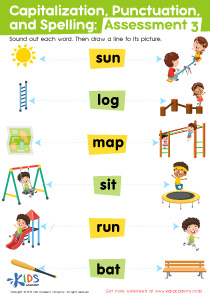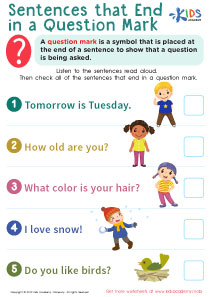Cursive writing practice Writing Worksheets for Ages 4-8
21 filtered results
-
From - To
Introduce young learners aged 4-8 to the art of cursive writing with our engaging practice worksheets! Our expertly crafted sheets help children develop fine motor skills, letter recognition, and penmanship. Focusing on fun, interactive activities, each worksheet offers step-by-step guidance to master upper and lowercase cursive letters. Perfect for home or classroom use, these printables make learning enjoyable for young students. Enhance your child's writing abilities, boost their confidence, and set a strong foundation for academic success with our cursive writing practice worksheets. Transform handwriting practice into an exciting adventure today!
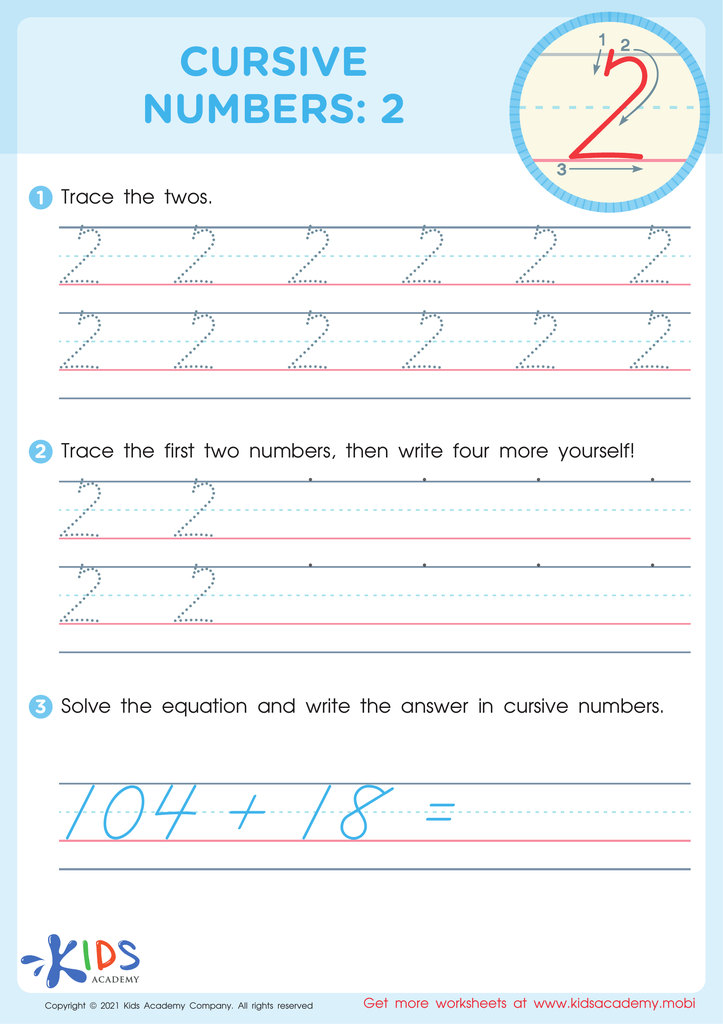

Cursive Numbers: 2 Worksheet


Cursive Numbers: 6 Worksheet
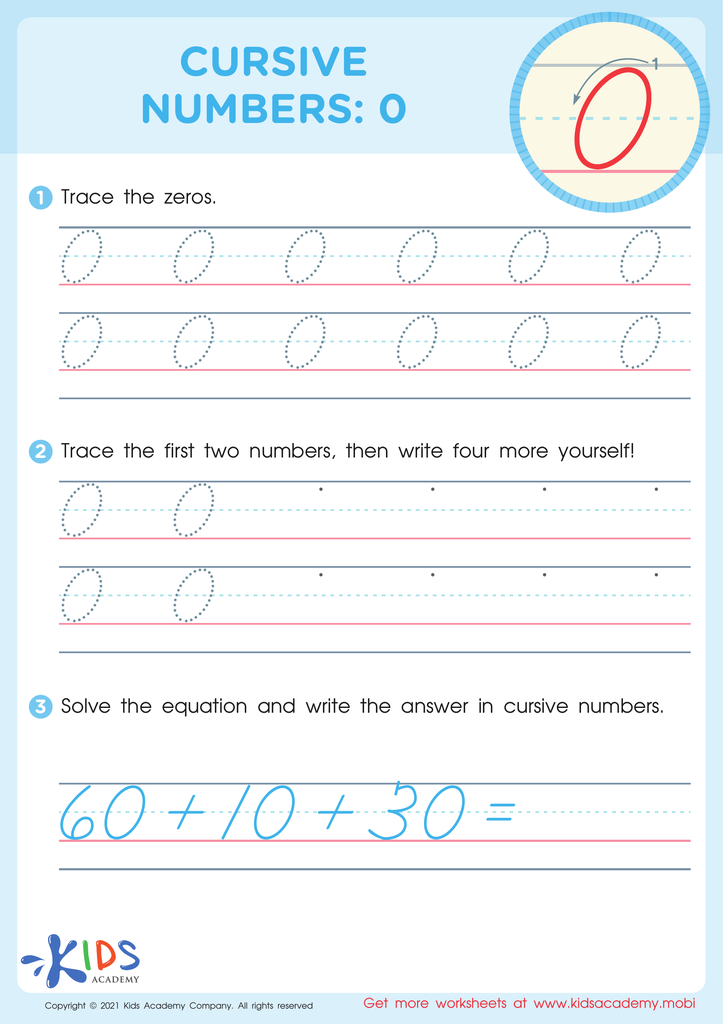

Cursive Numbers: 0 Worksheet
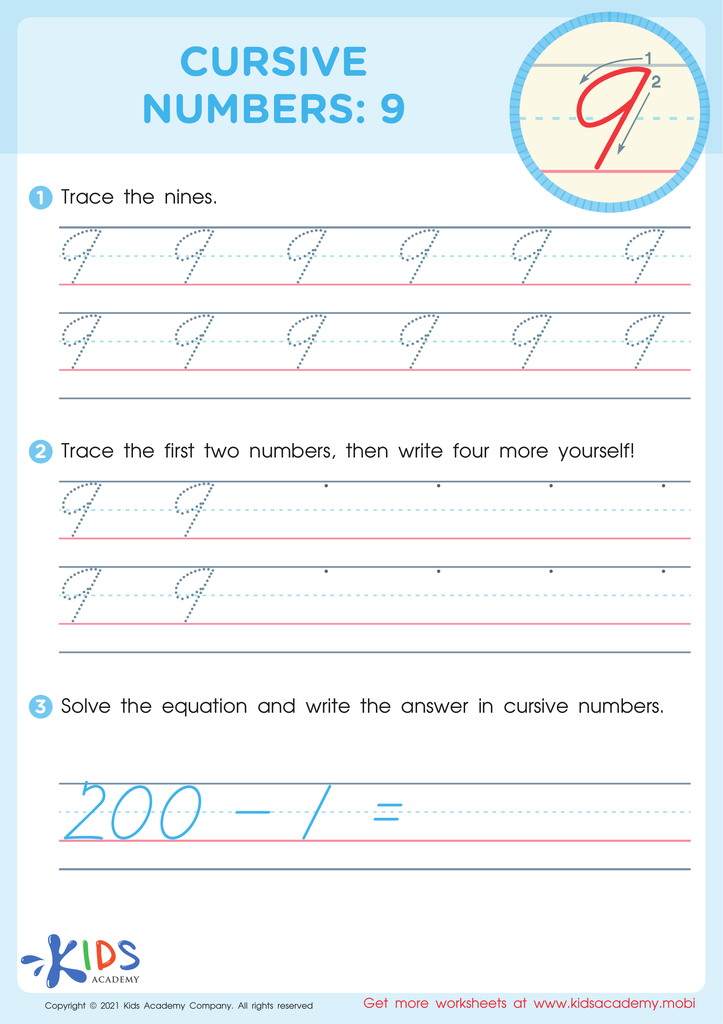

Cursive Numbers: 9 Worksheet
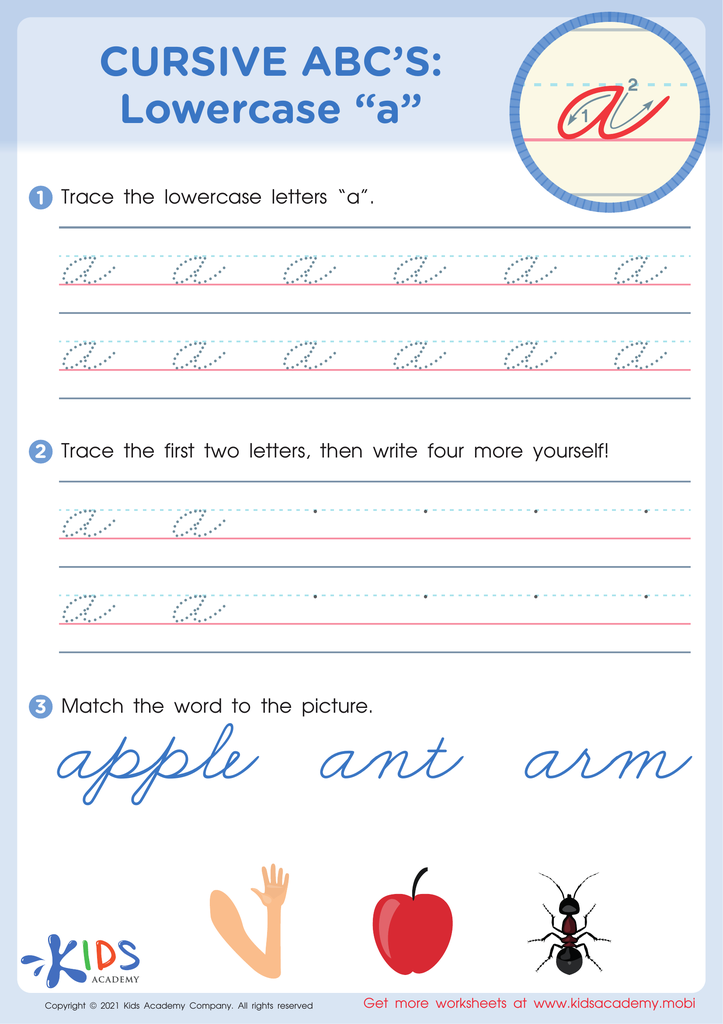

Cursive ABCs: Lowercase a
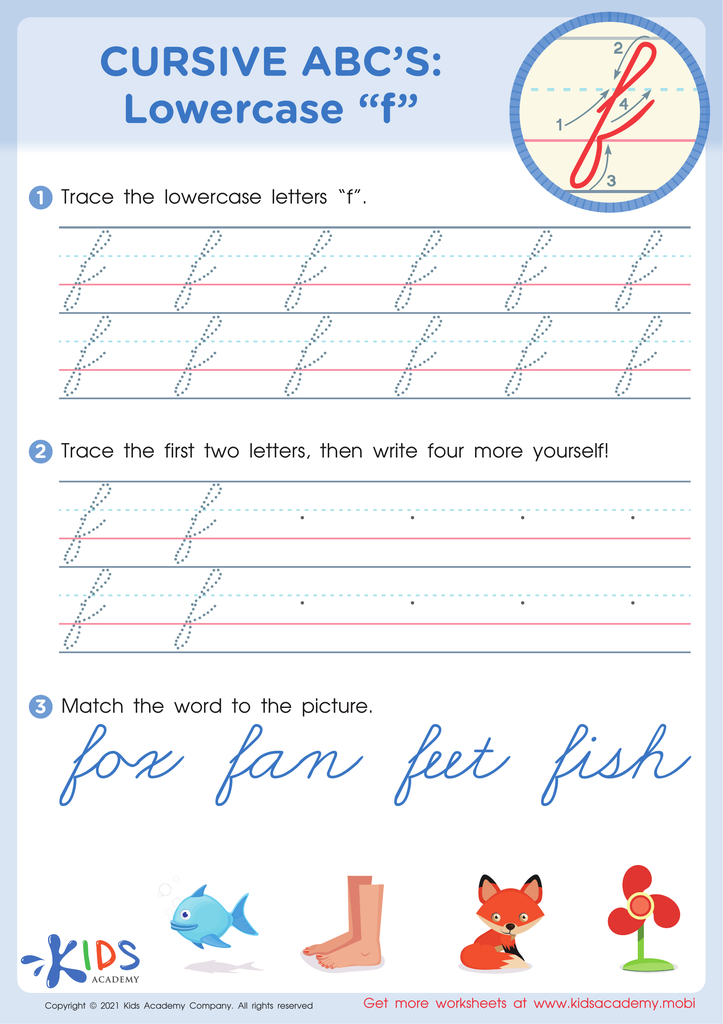

Cursive ABCs: Lowercase f
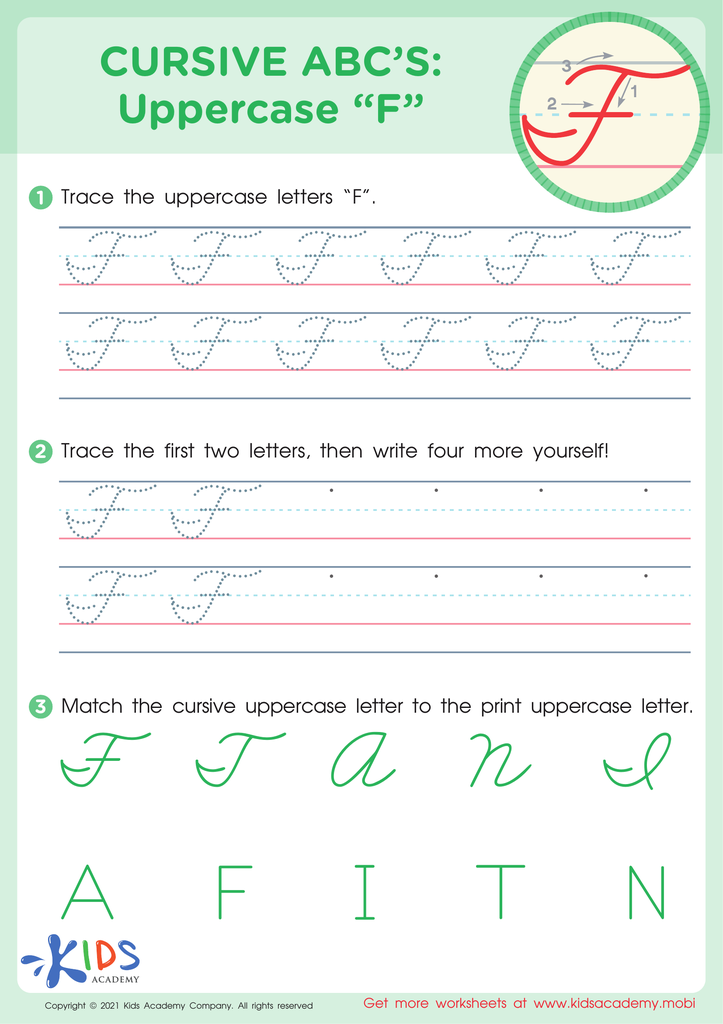

Cursive ABCs: Uppercase F
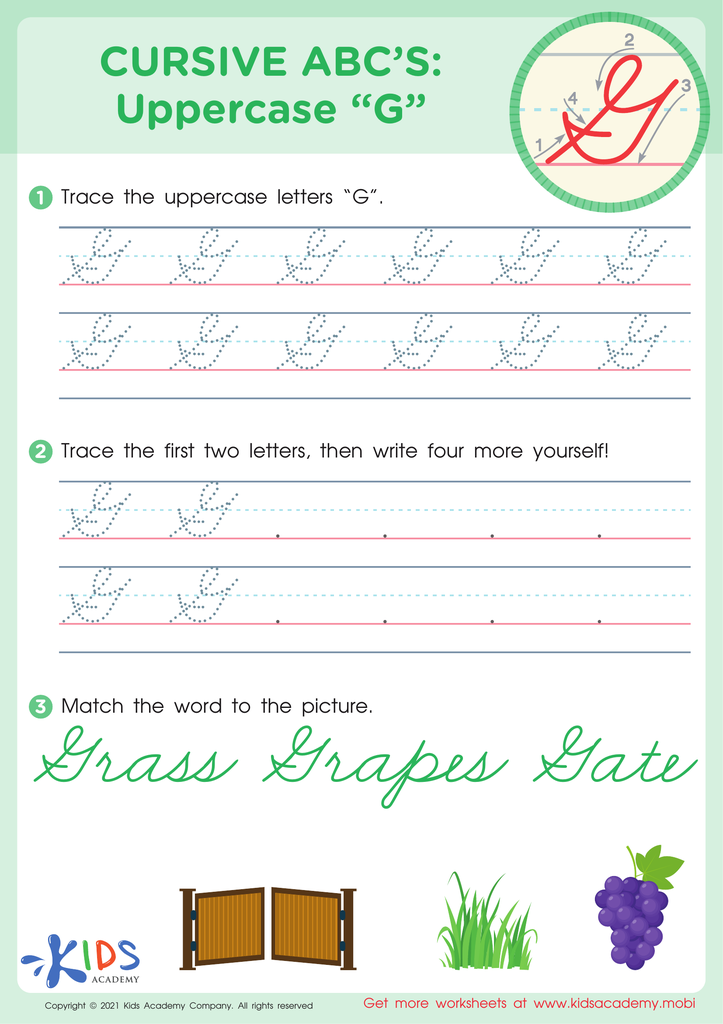

Cursive ABCs: Uppercase G
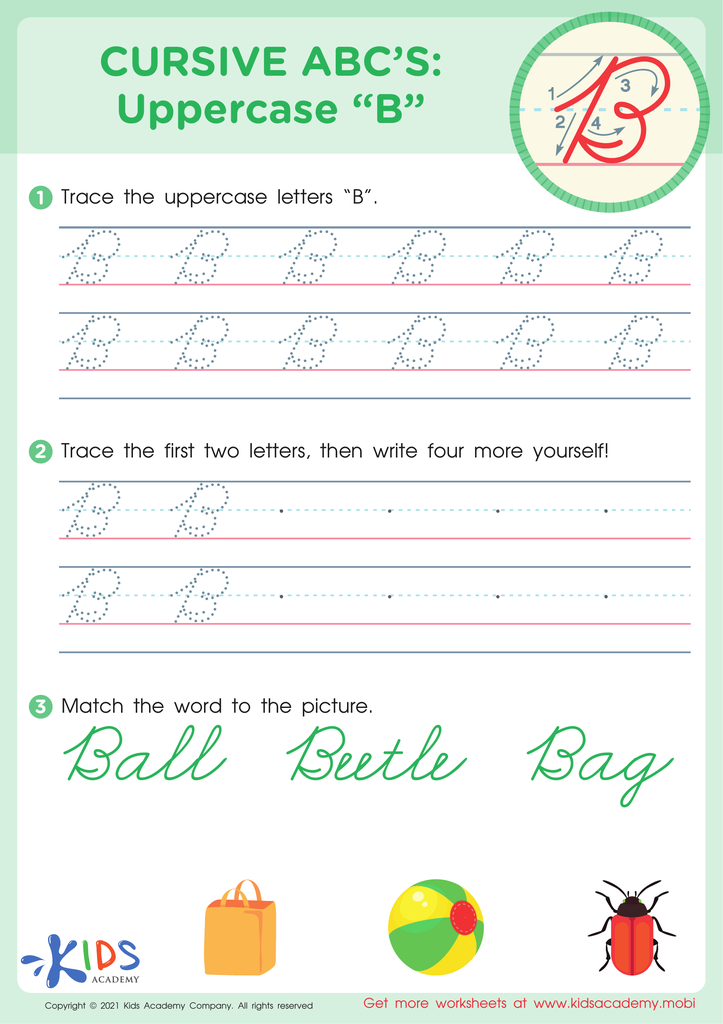

Cursive ABCs: Uppercase B
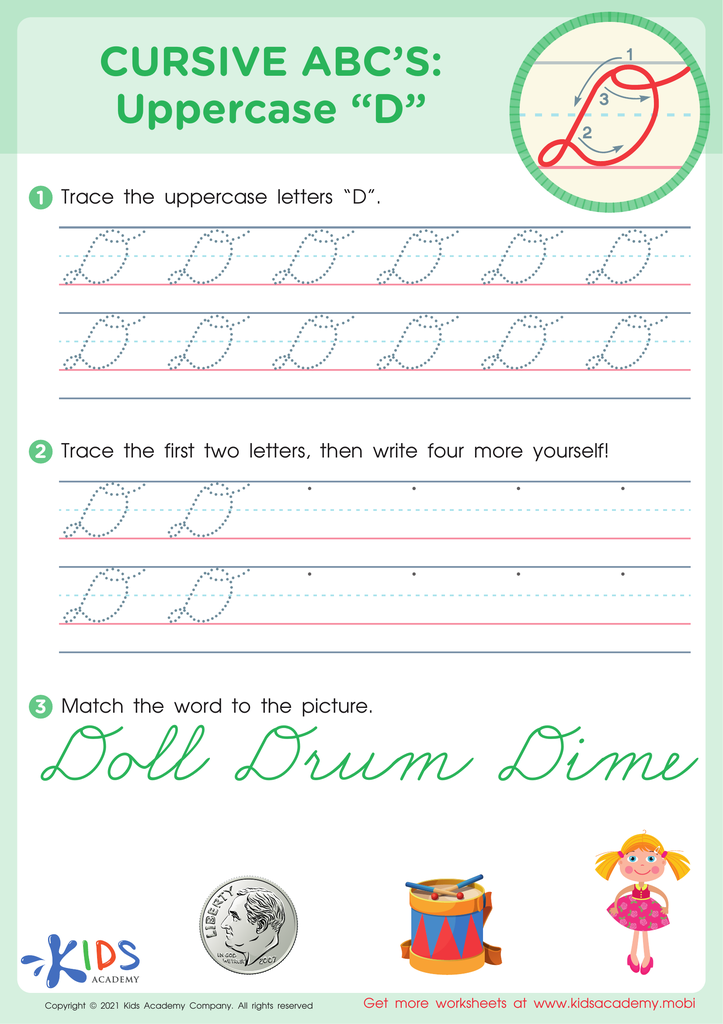

Cursive ABCs: Uppercase D
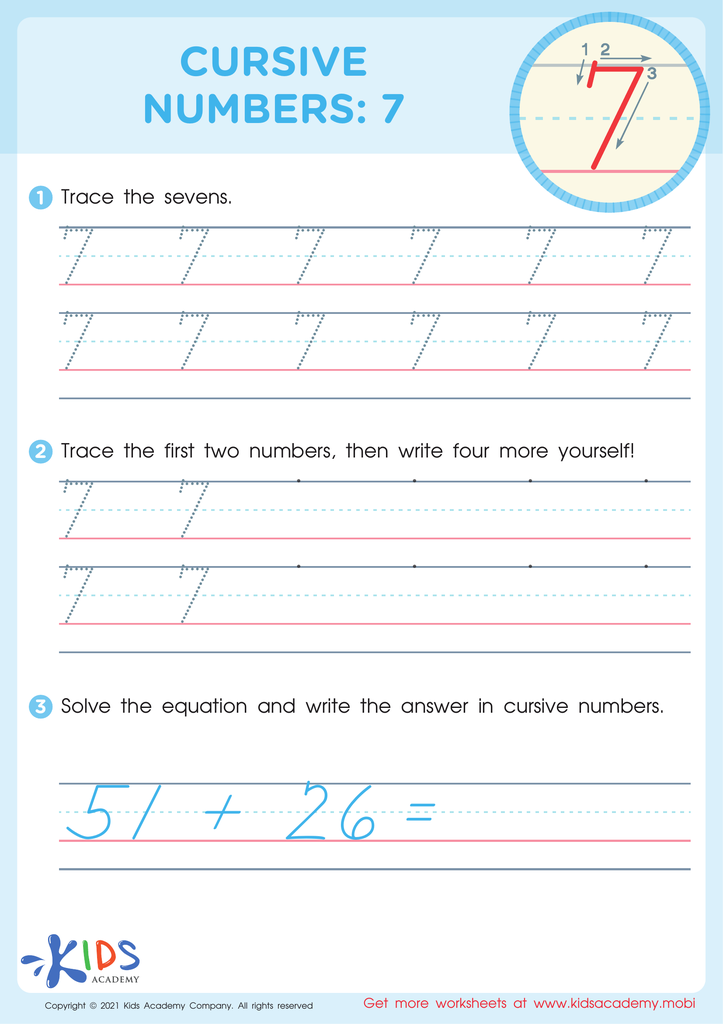

Cursive Numbers: 7 Worksheet
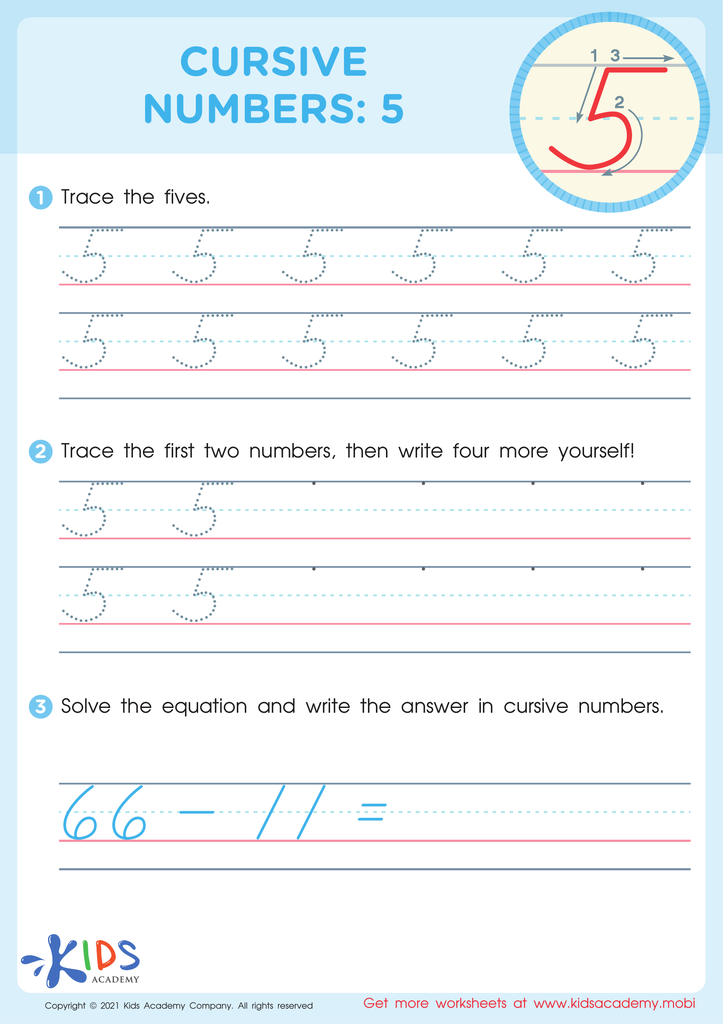

Cursive Numbers: 5 Worksheet
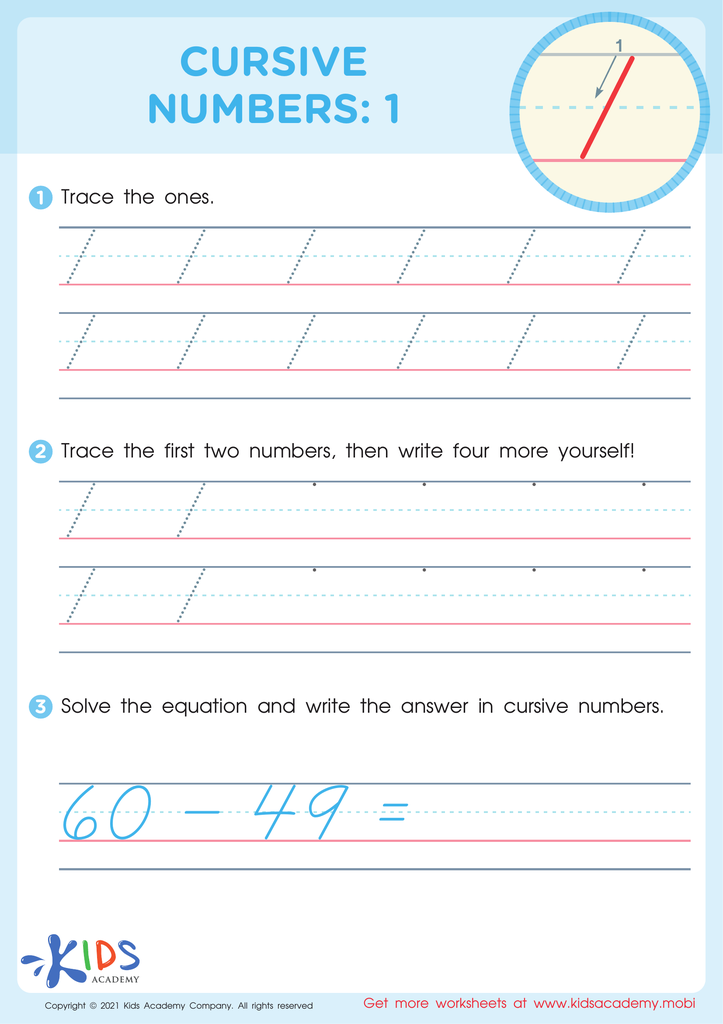

Cursive Numbers: 1 Worksheet
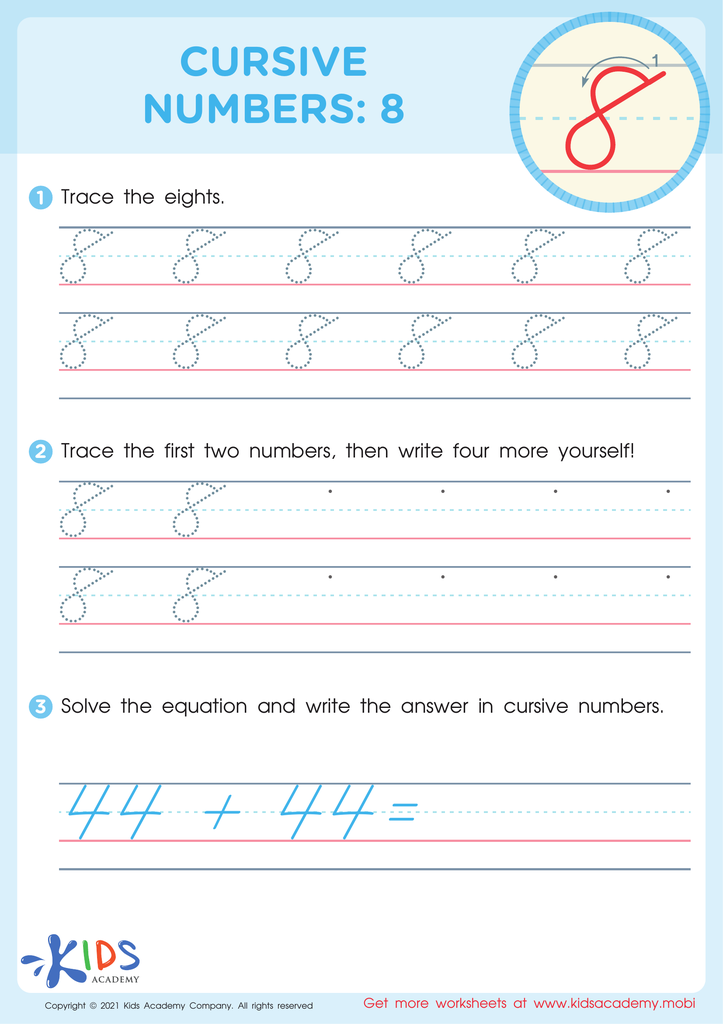

Cursive Numbers: 8 Worksheet
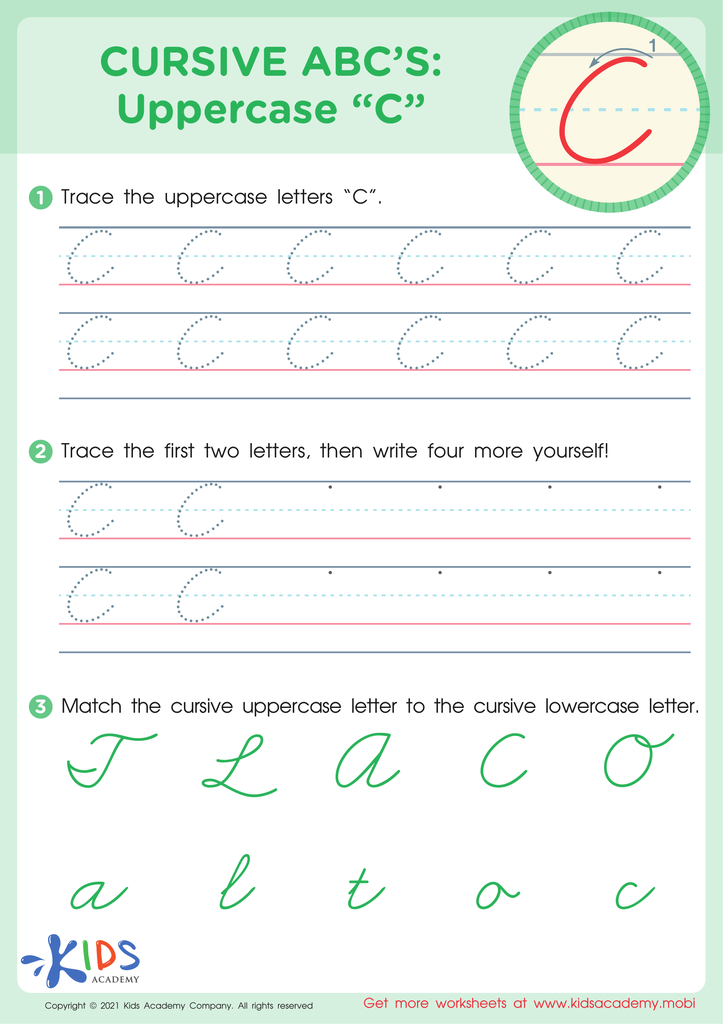

Cursive ABCs: Uppercase C
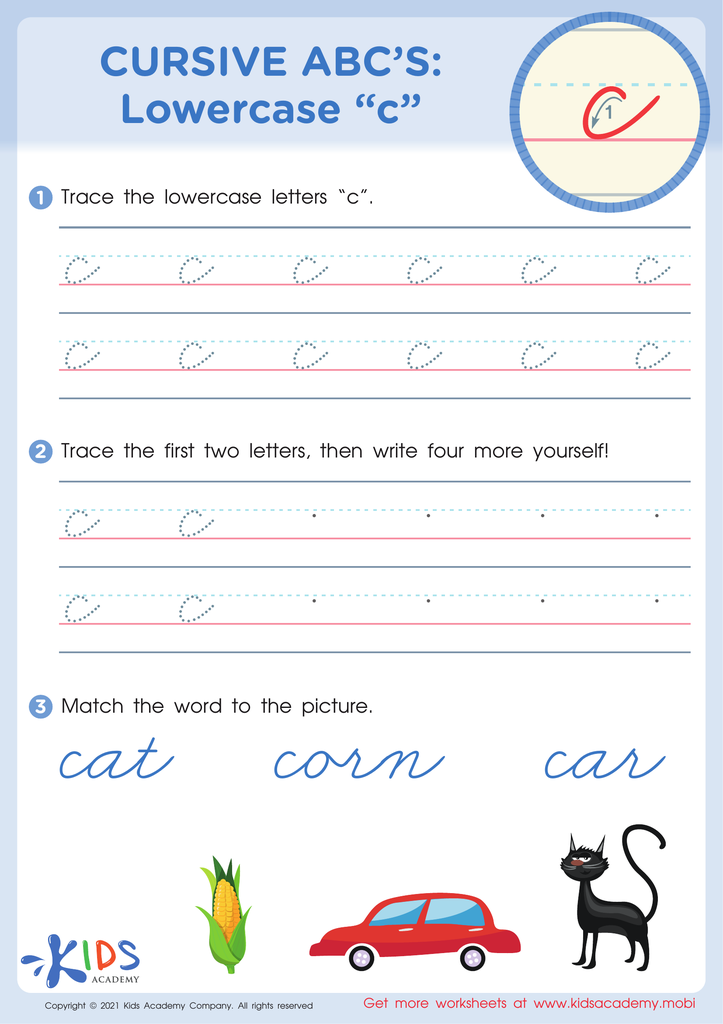

Cursive ABCs: Lowercase c


Cursive ABCs: Lowercase h
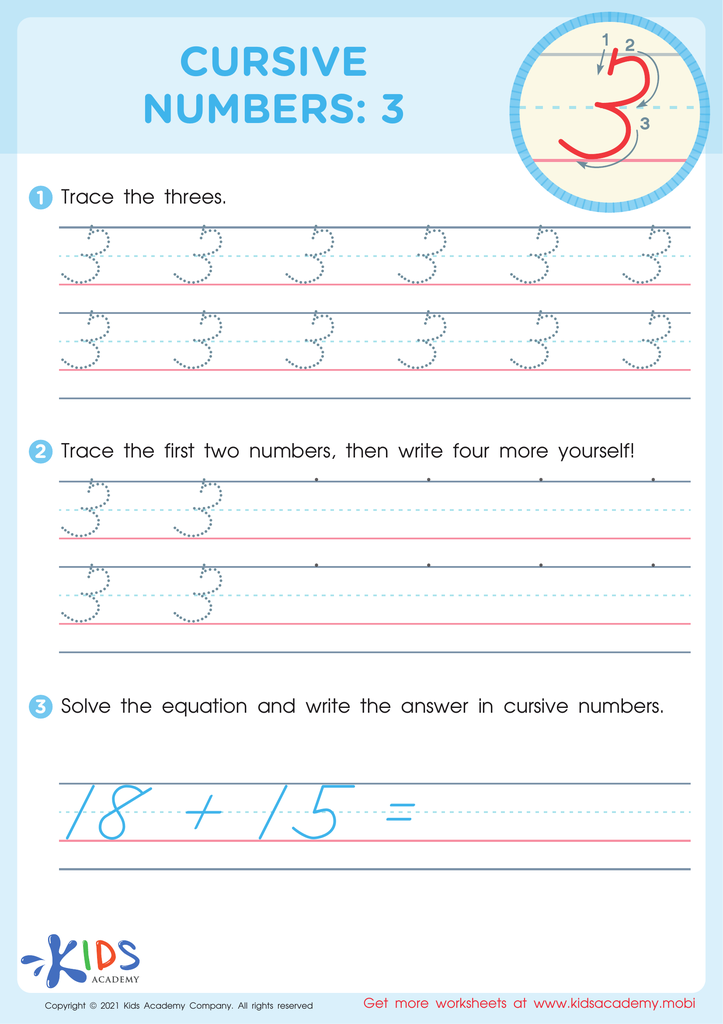

Cursive Numbers: 3 Worksheet


Cursive ABCs: Lowercase e
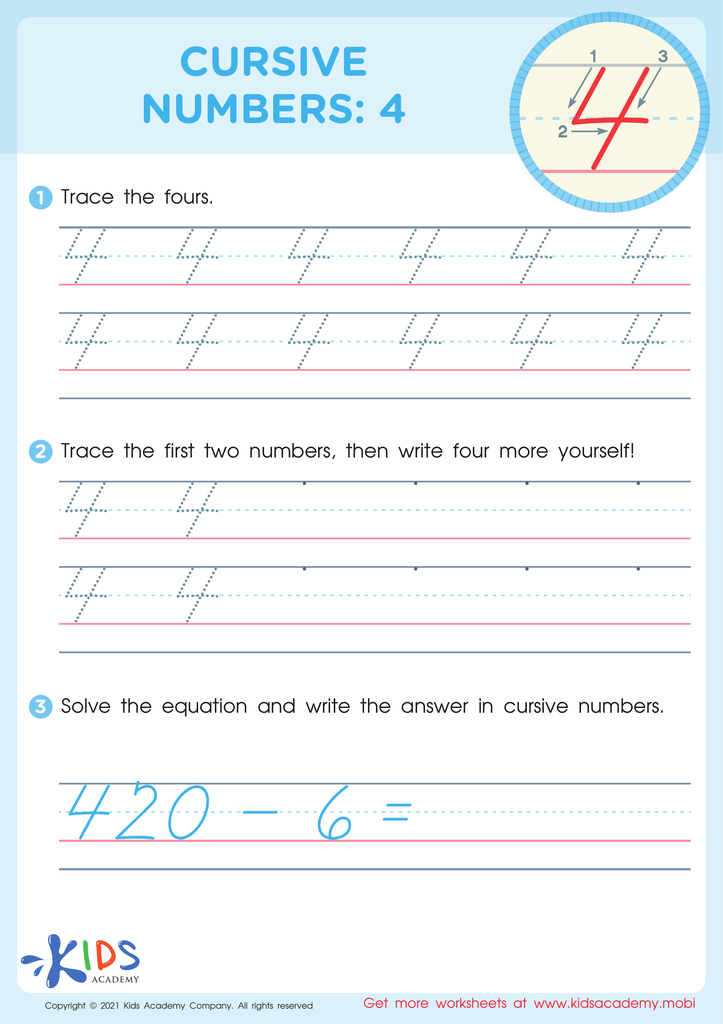

Cursive Numbers: 4 Worksheet
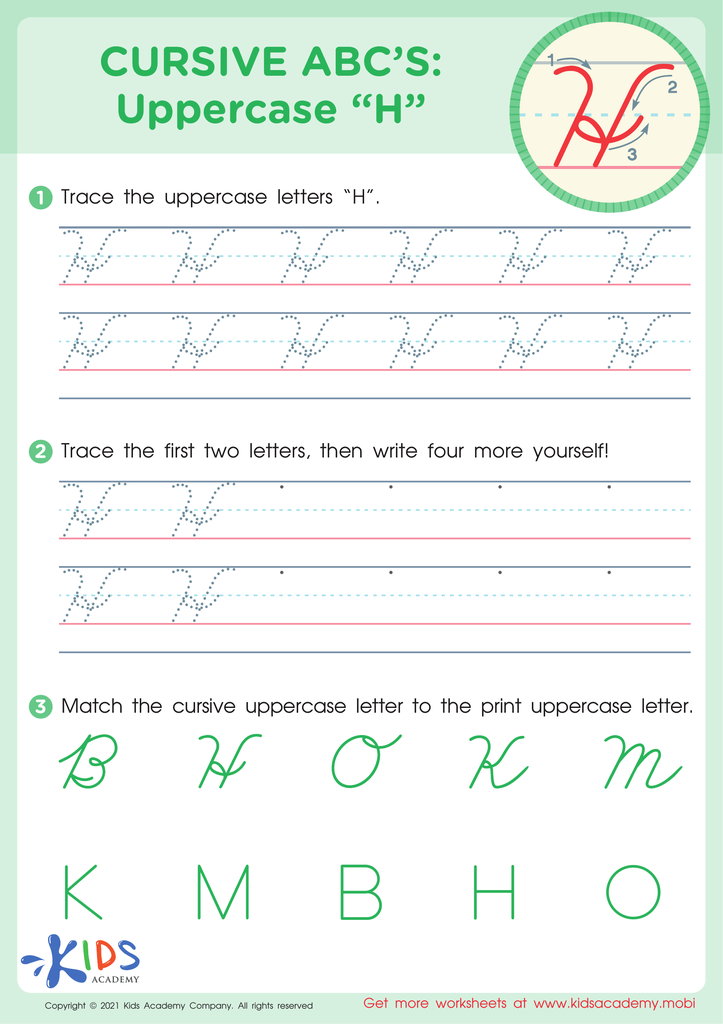

Cursive ABCs: Uppercase H
Cursive writing offers numerous benefits for children ages 4-8, making it relevant for both parents and teachers to emphasize its practice. First and foremost, learning cursive can improve fine motor skills. The fluid, continuous motions involved in cursive writing help develop hand-eye coordination and dexterity, essential for everyday tasks like dressing and using utensils.
Moreover, cursive writing has been linked to cognitive development. The process of writing in cursive engages both hemispheres of the brain, promoting greater neural activity and, subsequently, enhancing learning abilities. This broader brain engagement can improve reading comprehension and boost memory retention, providing a solid foundation for academic success.
Additionally, cursive can be an aid for students with learning challenges such as dyslexia. The connected letters and fluid movements make words and sentences easier to understand for some dyslexic students. This ease in understanding written language can improve reading skills and bolster students' self-confidence.
On a practical level, cursive writing can improve students' neatness and speed in written communication. Though technology has reduced our reliance on penmanship, situations still arise where legible and swift handwriting is beneficial, such as during exams.
Inculcating cursive writing in young children not only supports their academic growth but also equips them with essential motor and cognitive skills. Therefore, it deserves attention and inclusion in early education.








